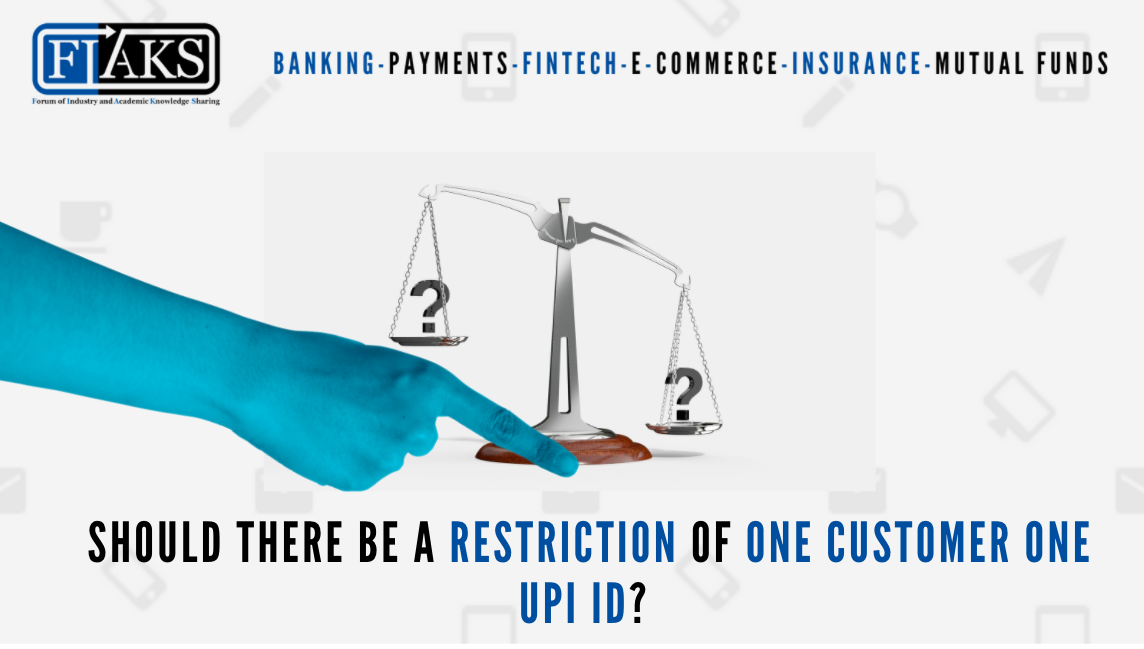Several Founders, Co-Founders, CXO Bankers, CXO Fintech professional & people who participated in the ePanel discussions:
- Mr. Sheoji Meena, General Manager, Bank of India
- Mr. Sony A, Jt. General Manager, South Indian Bank
- Mr. Murtuza Jadliwala, Head of Software Development at Indusind IT
- Mr. Prasad Likhite, Director Sales, ACI Worldwide
- Mr. Ruchit Jangid, Former Business Head, SOTC Travel Ltd
- Mr. Ratnakar V, Head – Mobile Money, Phongsavanh Bank, Lao PDR
- Mr. Kamonasish Aayush Mazumdar, Founder & CEO at Foodieverse
- Mr. Ishan Vaish, India Partnership Manager- Worldwide Developer Relations, Apple
- Mr. Subbiaa Olimuthu, former Product Manager – Rupay Product
- Mr. Piush Kothari, Head of Business Operation, Walt Disney Direct to Consumer & International
- Mr. Neeraj Chandra, Head of Operations and Technology, Abu Dhabi Commercial Bank
- Mr. Hemal Shah, Technical Product Manager, Mastercard
- Mr. Hardik Dixit, Senior Lead-Fraud Risk Management, National Payments Corporation of India(NPCI)
- Mr. Vikas R Panditrao, Co-Founder, Forum of Industry and Academic Knowledge Sharing (FIAKS)
- Many other CEO/CXO Bankers & Fintech professionals on FIAKS Forum requested to remain anonymous
FIAKS community member point out a notable query stating that “if suppose customer “A” has an account with Bank X, Bank Y, and Bank Z then the same customer “A” can create with
- Bank X – multiple UPI ids,
- Bank Y – multiple UPI ids,
- Bank Z – multiple UPI ids”. So, now here are the concerns:
Question 1: Will this not lead to customer “A” bypassing volume velocity set for UPI?
- Members says it’s quite simple, the underlying bank account remains the same, anti-money laundering is at the bank account level, not UPI ID, velocity checks are on the bank account, not UPI ID. Since,the volume & value limits for UPI are at the account level, hence having multiple UPI IDs doesn’t matter.
- UPI ID is always unique but the creation of multiple IDs is possible if the linked mobile number is different in different accounts.
- All accounts of a customer in a bank are linked with a single customer ID. In case the mobile is linked at customer ID level all accounts get linked to one mobile and as such accounts with different branches have common ID but @UPI or @Bank name is possible. Money laundering has other checks at each bank level.
- You can have multiple UPI ids but they all lead to the same Aadhaar and in some cases same Aadhaar + same PAN card. So the government can keep a check easily.
- The volume velocity check from a systemic point of view is the lookout of the network. From a volume velocity perspective, there are numerous control at the VPA level on the first transaction amount from the issuer side, acquirer/PSP, etc that the network has prescribed. Moreover, it’s evolving. So at each level, there is a control to safeguard. But the risk is also that due to interoperability it’s difficult for issuing banks alone to control the flow and challenge fraudulent transactions as it happens for a net banking transaction.
- Customers can generate VPA for each account with a bank. Example: account no: 1234 VPA: ABC@icici (ICICI Banking WhatsApp), ABC@yesbank, ABC@hdfcbank. All of this will have a single account but multiple VPA with multiple banks. Each account will have its limit irrespective of which VPA you use. Example: account-1234 with ICICI has 4 VPA with 4 banks. So there will be a limit of 10k for the account and not for VPA.
FAB Query: What is VPA ? It is to be noted that VPA (Virtual Payment Address) is a unique ID that acts as an independent ID of the bank account number that is created so that you can send and accept money via UPI and this unique VPA facilitates UPI to easily track a person’s account.
Question 2: Shouldn’t UPI ID be unique to customer i.e. ONE CUSTOMER ONE UPI ID. Doesn’t it lead to a risk of money laundering? Why can’t then a person have multiple bank accounts with one bank with different branches?

